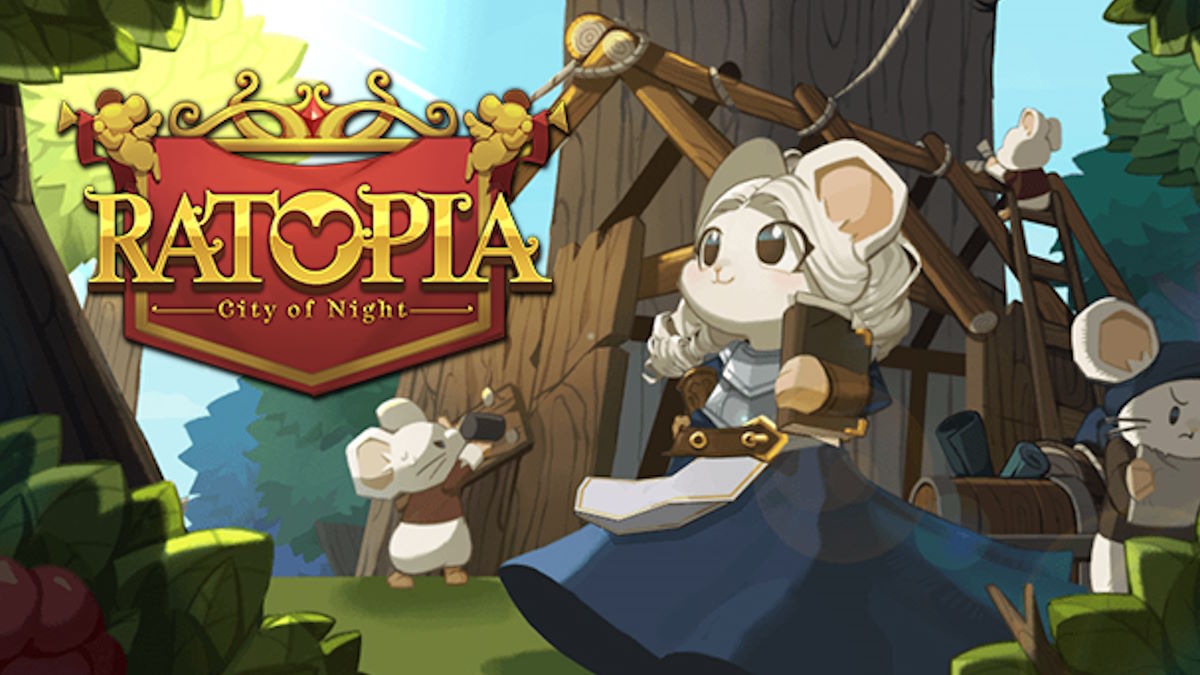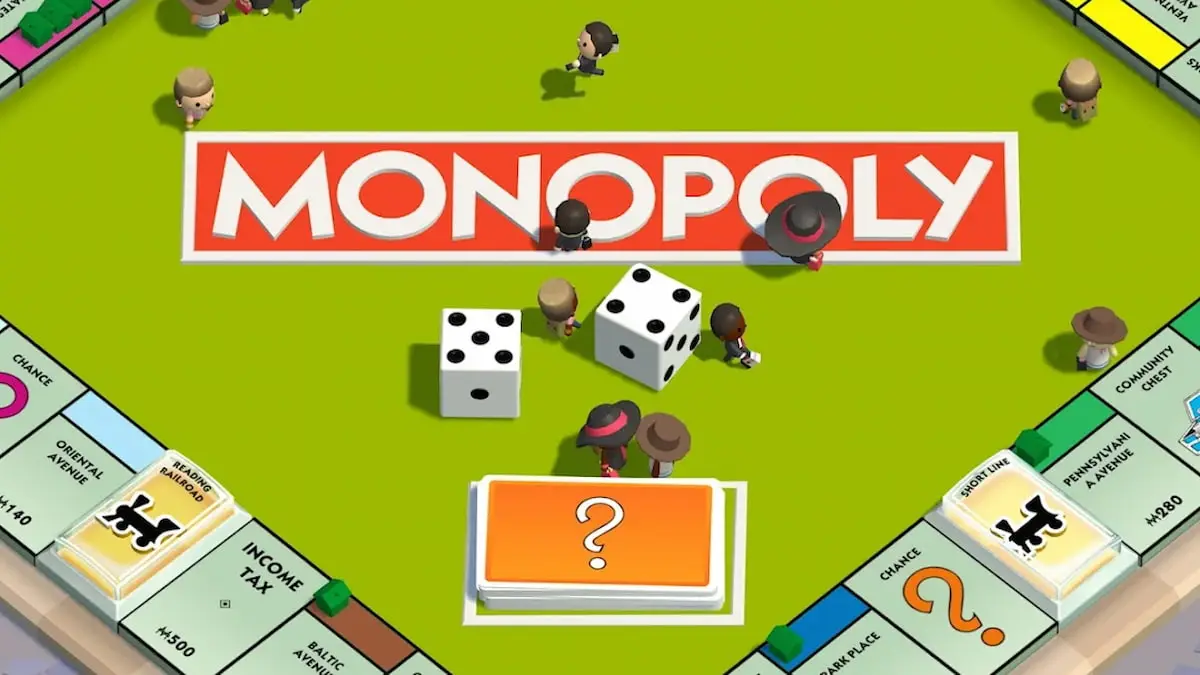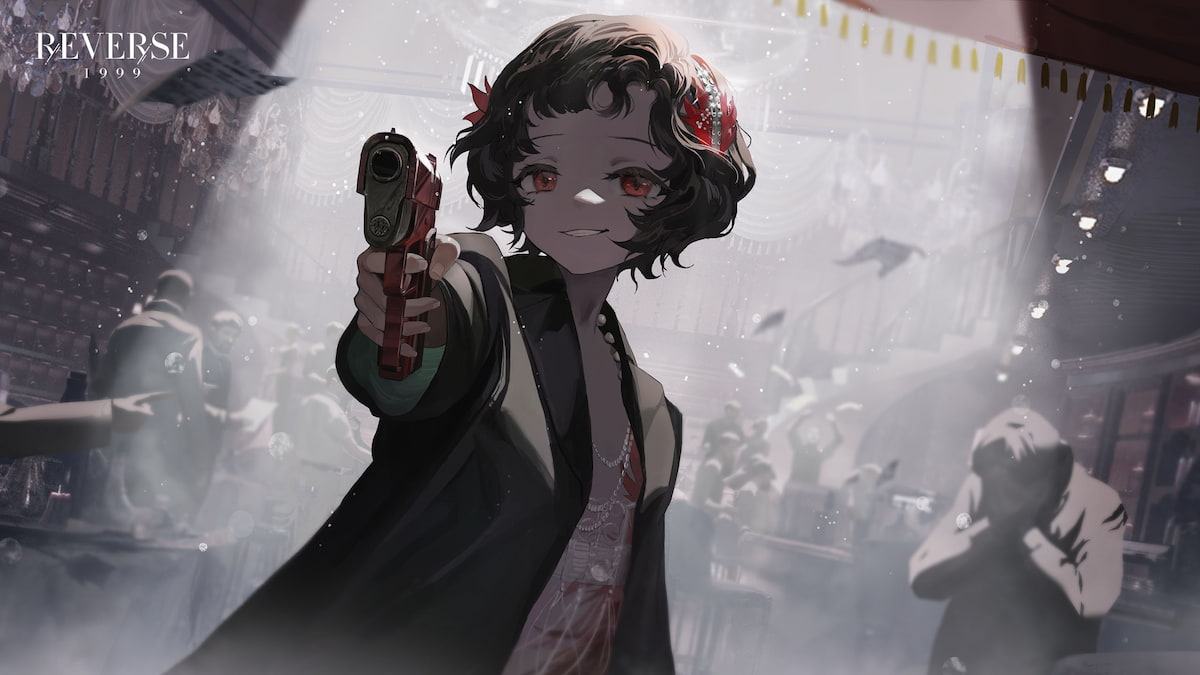Ratopia is an adorable real-time strategy game focused on automation and micromanagement. Despite Ratopia‘s simple and cutesy look, there is a lot of depth to the game, both literally and figuratively, so let us help you out with our Ratopia tips and tricks strategy guide.
Ratopia tips and tricks strategy guide
Tip #1: Scavenge for lots of materials
Early on in your kingdom’s life, your goal should be to scavenge for as many materials as you can find. This builds up your supplies but it also helps you earn research points. For every new item you placed into the storage chest is worth one research point.

Research point are spent at the Research Desk facility to unlock new buildings for your rat kingdom. This is the main way of progressing your kingdom’s technology, so it’s very important that you keep up with your research points.
If you can spare it, harvesting the source of trees and plants to get the seeds also counts towards getting research points. Although this prevents the object in question from growing back, doing this early on in your journey is a great way to earn some extra research points.
Tip #2: Get a variety of Ratizens
After you build the City Entrance, new migrants come to your city to become official Ratizens. Checking the gate shows you three different groups of Ratizens, but you can only choose to accept one at a time.
Note that when migrants are waiting at the City Entrance, you don’t have to accept them right away. If you’re short on space or supplies, you can examine the migrants whenever you’re ready, and they’ll still be there, no matter how long you take.
When deciding which Ratizens to accept into your Ratopia, there are several factors you should pay attention to. Ratizens have three attributes: strength, dexterity, intelligence. These attributes govern how well the Ratizen can handle different types of work. Be sure to build up a diverse community, and don’t accept too many Ratizens of the same attribute types.
For example, the Sawmill works best with migrants that have a high strength attribute. If you have too many dexterity Raitzens, the Sawmill never reach its full potential. That’s why it’s best to have an even spread of Ratizens with different skills.
In addition to the three main attributes, Ratizens come with traits that have positive or negative effects. In the example below, Sana has the Hardy trait, which increases her max health by 30, whereas Florance has the Fragile trait, decreasing her max health.

It’s important to keep these traits in mind as you delegate jobs to your Ratizens, paying close attention to the negative ones. A particularly nasty negative trait called Hypertension can result in instant death if the Ratizen’s happiness drops too low, so take the time to get to know your Ratizens and help them live a happy life.
Tip #3: Keeping your Ratopia happy and efficient
Ratizens have a happiness stat, which determines how efficient they are at their jobs. Sad Ratizens have poor performance, and very unhappy Ratizens may even attempt to turn on your kingdom, so it’s imperative that you give them a good life.
The happiness stat is governed by five stats: stamina, food, joy, hygiene, and necessities.
Stamina serves as a Ratizen’s energy bar, and deplete over time as they are completing jobs. When they’re tired, Ratizens expect to have a bed for them ready. If no beds are available, Ratizens simply pass out on the spot, losing some happiness. Make sure you build enough beds for all Ratizens in your kingdom.
Food is necessary for all living beings, and Ratizens are no exception. They get hungry as they work, and they’ll periodically take lunch breaks to recharge. Ratizens that don’t have enough food lose stamina over time, and eventually starve to death if left unchecked. Make sure to pick all the grains you can find to keep your food supplies up.

Joy is a measure of how entertained Ratizens are, because all work and no play is no way to live. Ratizens with no joy slowly lose happiness over time, so be sure to research a joy-related facility early on, as you don’t start with any of them unlocked. The Circus Stand is a good starting place.
Hygiene is how clean your Ratizens are. Make sure you have enough bathrooms for all your Ratizens, becuase if a Ratizen’s hygiene is low, they are at risk of contracting diseases and illness, which can spread to other Ratizens.
Necessities are items and tools that Ratizens can carry around to make their lives easier. Necessities increase happiness, but they also provide bonus passive effects, like slowing down hunger rate, increasing carrying capacity, and more. You won’t be able to craft necessities until later on in the game, but they’re worth making once you can.
A happy kingdom is a healthy kingdom, so your Ratizens’ happiness should be your top priority. To help you manage happiness, open the manage window, select filter, and then apply the happiness filter. All Ratizens’ happiness can now be seen at a glance, helping you keep track of demoralizing factors. If you see a sad Ratizen, pay attention to their habits and stats to see what you can improve upon.
Tip #4: Recommended research builds to get early
Once you build the Research Desk, you’re free to start researching new buildings in whatever order you please. If you’re still new to Ratopia, we have some recommendations on buildings you should get first that help you secure a steady base for your kingdom while keeping your Ratizens happy.

- Base: The Soft Bed restores Ratizens’ energy faster. Ratizens move faster on the Wooden Ladder, which means more tasks are getting done.
- Raw materials: The Gathering Camp assigns a Ratizen to continuously forage for materials and food, eliminating the need manually assigning the gathering order. The Grain Farm is an easy way to make a reliable food source.
- Production: The Weaving Mill and Masonry produces the materials required for a lot of later blueprints.
- Service: The Circus Stand is a good way to bring joy to your Ratizens early on.
- Military: The Barricade can slow down the infected from reaching your kingdom. The Training Camp lets you train Ratizens for combat, allowing them to defend your kingdom during invasions.
- Decoration: The buildings here are purely for aesthetic purposes, so get whatever catches your eye. Don’t spend too many research points though, because you should be prioritizing facilities your kingdom can actually use!
- Royal: The Royal Forge creates better gear and weapons for your leader. If you like to fight enemies directly, the Royal Forge’s gear is much better than what you start out with.
Remember that you get one research point for every new item you deposit for the first time into the kingdom’s storage chest, so keep searching for new materials.
Tip #5: Give enemies a pathway to your kingdom
We know this sounds kind of weird, but hear us out on this one. Occasionally, the plague rats attack your kingdom, and they spawn from oozing gravestones called Den of Plagues. These spawn in randomly across your map as it’s generated, so you’ll have to explore to find them.
The way the enemy AI works in Ratopia is that they automatically path their way to your kingdom, assuming there is a clear path, and by clear path we mean one that you could walk yourself, without having to build ladders.

Why is this important? Well, if enemies don’t have a clear path to your kingdom, they’ll spawn right in the middle of it! Obviously, this can catch your Ratizens off guard, and the infected plague rats will do some nasty damage to your kingdom.
To avoid the plague rats just popping up in your base unannounced, it’s important to keep a direct path clear for them on the surface of the world. Explore your world until you find a Den of Plagues, and ensure that there is a path to your kingdom.
The only exceptions to the enemy AI rule are defensive buildings. You can construct buildings to protect your kingdom, like the Barricade, in the military tab. When a plague rat is trying to get to your kingdom and there is Barricade in the way, they’ll attack it until it’s destroyed. So, don’t underestimate the military defensive buildings, as they can buy you valuable time for your kingdom to fight back.
By the way, did you know you can get special skins for your leader by completing certain objectives? You can even don the skin of a plague rat if you’re feeling extra spooky! Check out our guide on how to get the plague rat skin in Ratopia for more details.
Tip #6: Explore!
Once you’ve grown your Ratopia to a respectable colony, it’s time to start exploring. You can leave all the production stuff to your Ratizens, and make sure that you have a good chain of supply for them.
Whenever you’re ready, you can start exploring your world. Each game of Ratopia is randomly generated, so no two worlds ever look the same. You’ll need to head out and explore on your own, but don’t worry, as your leader is a capable adventurer.
Exploring is important because you can start keeping track of where the Den of Plagues are, which you’ll eventually be able to destroy. You can also find other points of interest that may help your kingdom grow. And, if you do find yourself in trouble, remember to go into combat mode to fight. Just keep an eye on your health!
You’ll probably do this naturally as you expand your kingdom, but don’t forget that you have the whole subterranean world to explore as well. You can find some precious materials deep underground, so take the time to look around, and make sure to have ladders back up.
You should be well-versed in taking care of your Ratopia’s needs now. If you have any other questions about Ratopia, let us know in the comments below.







Published: Nov 17, 2023 06:42 am